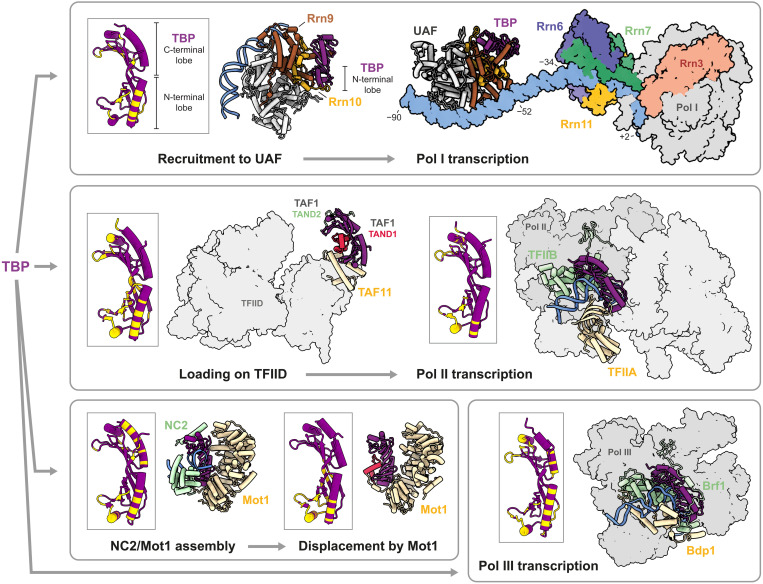Fig. 4. UAF modulates transcription fate through TBP.
Top left: TBP is recruited to UAF via UAF subunits Rrn9 and Rrn10 and sequestered from DNA and Pol II/III transcription factors. Inset shows the TBP residues involved in the interface with UAF in yellow. Top right: Structure of UAF-TBP-DNA docked with the minimal Pol I PIC (14), comprising Core Factor (Rrn6, Rrn7, and Rrn11), initiation factor Rrn3, Pol I, and DNA (PDB, 6RQL). Middle: TBP is loaded onto TFIID (PDB, 6MZL) (21) for subsequent handoff to DNA, TFIIA, and TFIIB for Pol II PIC assembly (PDB, 7O72) (56). Bottom left: PIC assembly is blocked by the binding of NC2 and chromatin remodeler Mot1 to promoter-bound TBP (PDB, 4WZS) (23). As a result, transcription becomes inhibited. TBP is subsequently displaced from DNA by ATP-dependent Mot1 activity (PDB, 3OC3) (33). Note that NC2 also has stimulatory effects on Pol II–mediated transcription at certain promoters (57, 58). Bottom right: TBP partners with Bdp1 and Brf1 to form the TFIIIB complex and initiates Pol III PIC assembly (PDB, 6F42) (13). Insets show TBP residues that are involved at each depicted TBP-protein interface.

